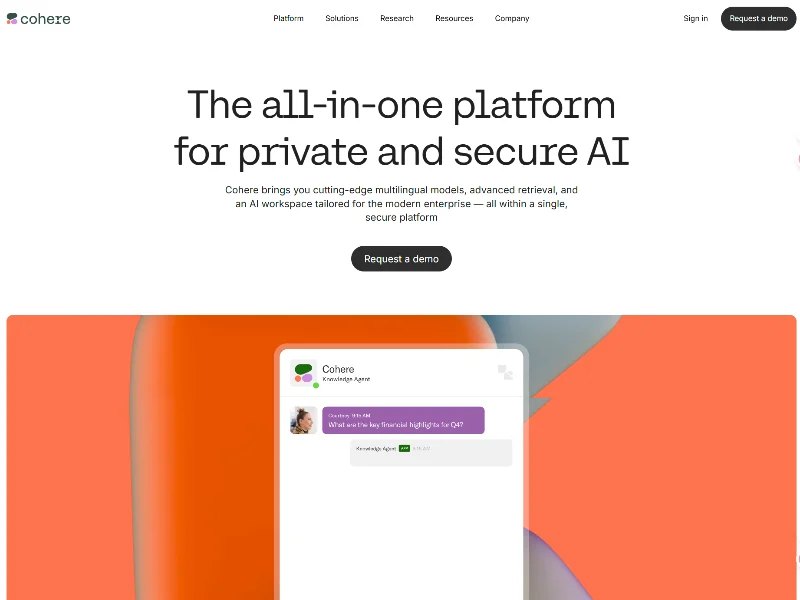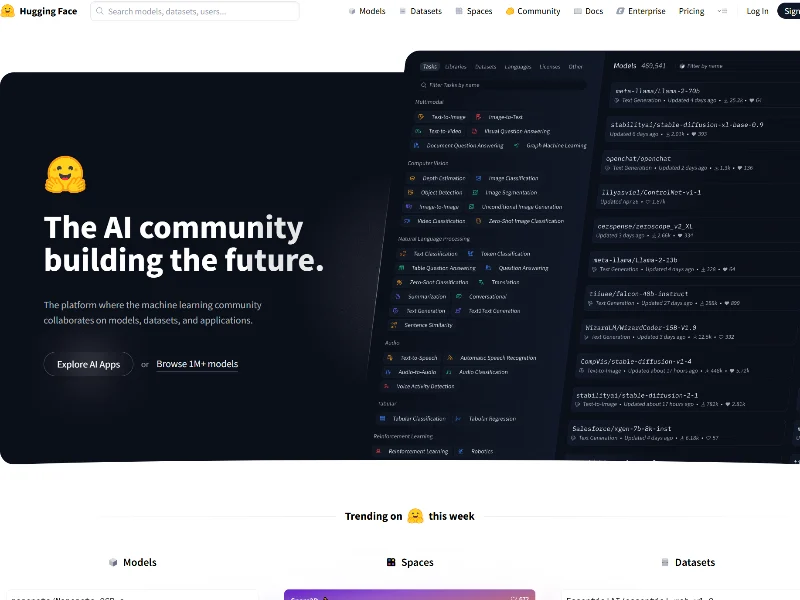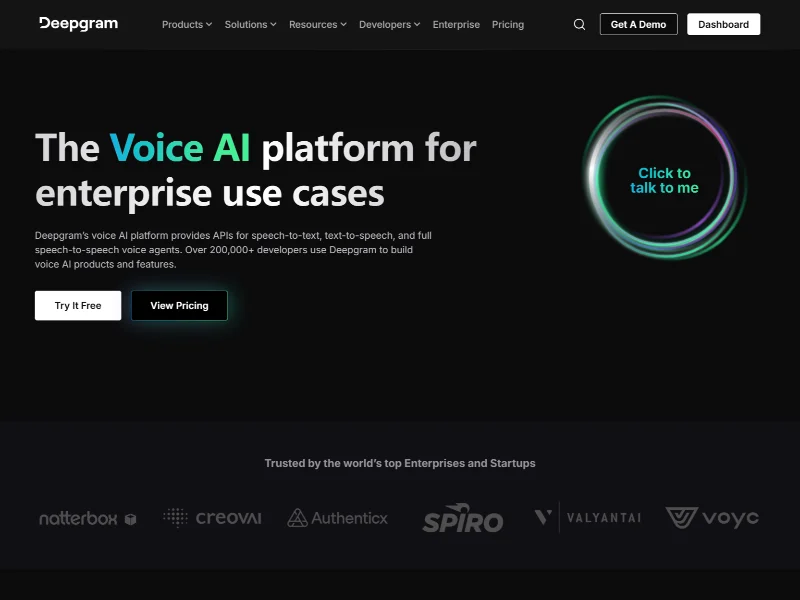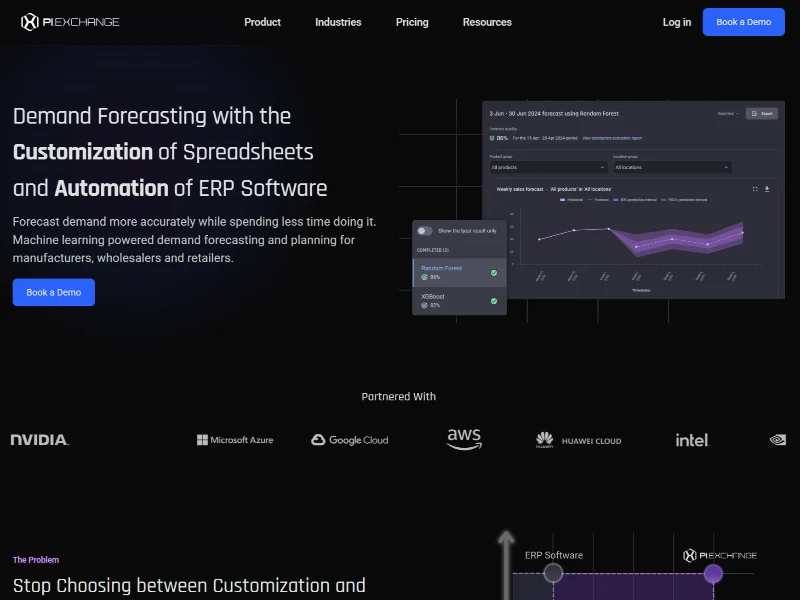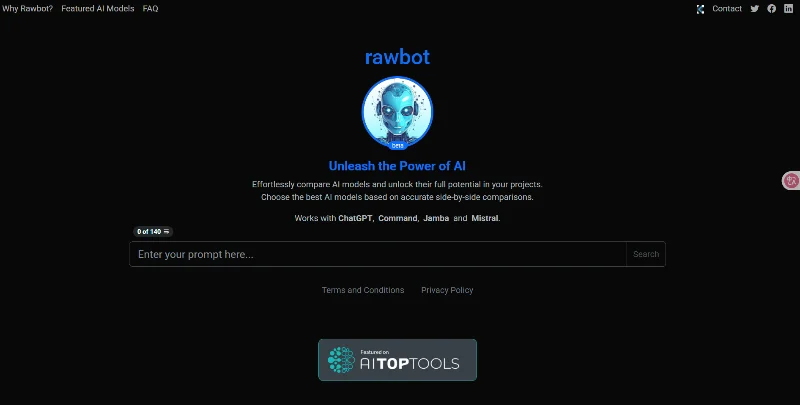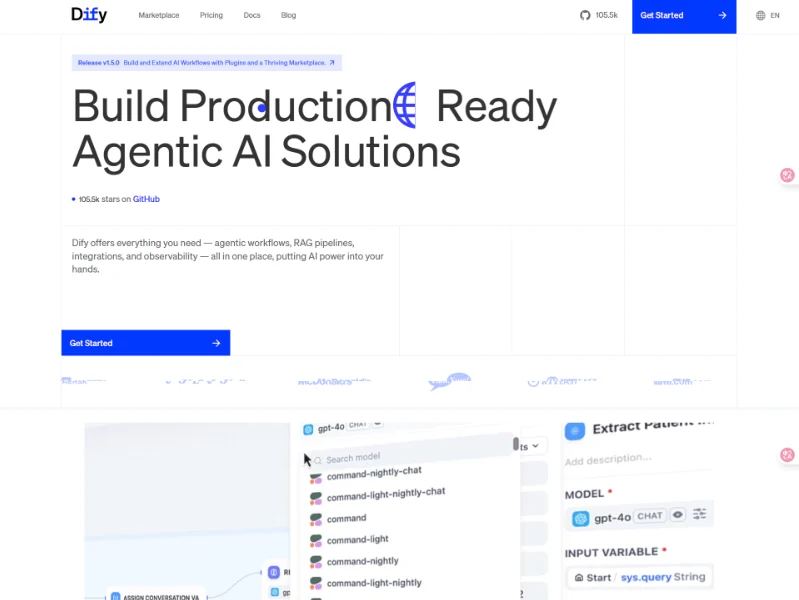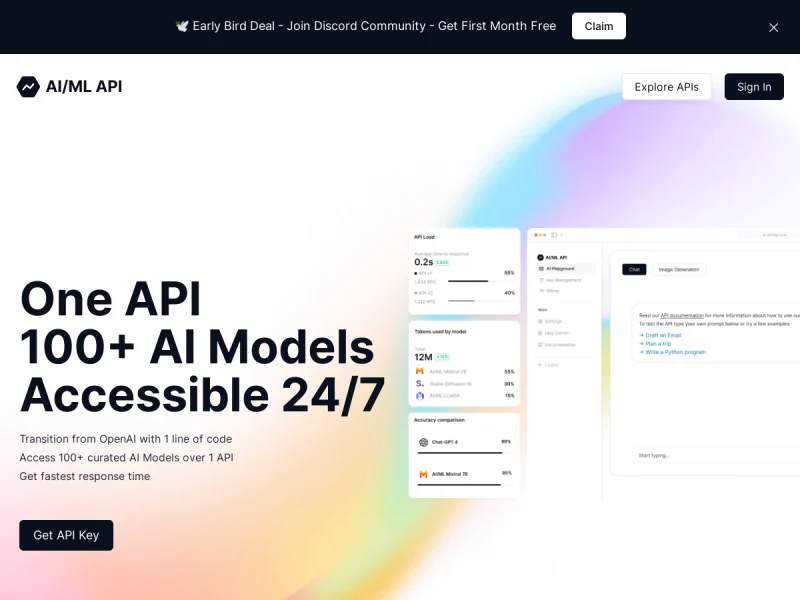
Discovering the Versatile World of AIML API: A Comprehensive Tutorial
In the realm of artificial intelligence, innovative tools and platforms continue to emerge, reshaping the way we interact with technology. Among these, the AIML API stands out as a versatile and powerful tool for developers and AI enthusiasts alike. This tutorial will delve into the world of AIML API, exploring its features, capabilities, and how it can be leveraged to create cutting-edge AI applications.
Introduction to AIML API
What is AIML API?
AIML API is a comprehensive platform that provides access to a suite of advanced AI models and functionalities. From OCR and AI search to computer vision, 3D generation, and beyond, AIML API offers a diverse range of tools tailored to meet the needs of developers across various industries.
Key Features
- Diverse AI Models: AIML API boasts a wide selection of AI models, each designed for specific tasks such as text generation, image creation, voice synthesis, and more.
- Easy Integration: With its user-friendly API, integrating AIML API into existing projects is seamless, allowing developers to quickly add AI capabilities to their applications.
- Continuous Updates: The platform is constantly evolving, with new models and features being added regularly. Users can sign up and connect via Discord to request specific AI models, ensuring their needs are always met.
Understanding the Capabilities of AIML API
OCR and AI Search
Optical Character Recognition (OCR) enables the conversion of images of typed, handwritten, or printed text into machine-encoded text. AIML API‘s OCR capabilities are highly accurate, making it ideal for digitizing documents and extracting text from images. Additionally, the AI search functionality allows for efficient and intelligent searching across large datasets, enhancing information retrieval processes.
Computer Vision
Computer vision is a critical component of AI, enabling machines to interpret and understand visual data. AIML API’s computer vision models are capable of performing tasks such as object detection, image classification, and facial recognition. These models can be used in various applications, including surveillance systems, autonomous vehicles, and more.
3D Generation and Video Generation
The ability to generate 3D models and videos programmatically is transformative for industries like gaming, animation, and film production. AIML API’s 3D generation and video generation tools allow users to create realistic and intricate 3D models and videos, transforming creative workflows and opening up new avenues for storytelling and design.
Safety & Moderation
Ensuring the safety and appropriateness of content is paramount in today’s digital world. AIML API’s safety and moderation tools leverage advanced AI models to detect and flag inappropriate or harmful content, providing a safer online environment for users.
Music Generation
The creative potential of AI extends into the realm of music. AIML API’s music generation models can compose unique pieces of music based on user input, opening up new possibilities for artists and musicians looking to experiment with AI-generated compositions.
Embeddings, Language, and Code Generation
AIML API also offers powerful tools for natural language processing (NLP), including embeddings, language models, and code generation. These models enable developers to understand and generate human-like text, facilitating more natural interactions between humans and machines. Additionally, code generation models can assist in automating software development processes, increasing efficiency and reducing errors.
Chat, Image Generation, and Voice Generation
From conversational agents to image and voice synthesis, AIML API’s chatbots, image generation, and voice generation tools offer endless possibilities for creating interactive and immersive experiences. These capabilities can be used to enhance customer service, create engaging content, and bring virtual characters to life.
Getting Started with AIML API
Setting Up Your Account
To begin using AIML API, you’ll need to sign up for an account. The registration process is straightforward, and once completed, you’ll have access to the platform’s extensive suite of AI models and functionalities.
Integrating AIML API into Your Project
Integrating AIML API into your project is simple. The platform provides comprehensive documentation and code examples to guide you through the process. Here’s a quick overview of how to get started:
- Obtain Your API Key: Once logged in, navigate to your account settings to retrieve your API key. This key will be used to authenticate your API requests.
- Install the SDK: AIML API offers SDKs for various programming languages, making it easy to integrate the platform into your existing projects. Follow the installation instructions provided in the documentation.
- Make Your First API Call: With your API key and SDK installed, you can start making API calls to access AIML API’s models and functionalities. The platform’s documentation includes detailed endpoint descriptions and example requests, making it easy to get started.
Optimizing for Google SEO
When writing this tutorial, it’s important to consider search engine optimization (SEO) best practices to ensure that your content ranks well on search engines like Google. Here are some tips for optimizing your blog post for SEO:
- Keyword Research: Identify relevant keywords related to AIML API, such as “AI tools,” “AIML API tutorial,” and “AI model integration.” Use these keywords throughout your content, including in the title, headers, and body text.
- High-Quality Content: Provide valuable and informative content that addresses the needs and interests of your target audience. Include detailed explanations, examples, and case studies to demonstrate the practical applications of AIML API.
- Internal and External Links: Incorporate internal links to other relevant pages on your website and external links to reputable sources, such as AIML API’s official documentation and industry news articles.
- Meta Tags: Use descriptive and keyword-rich meta tags, including the title tag, meta description, and meta keywords, to improve your content’s visibility on search engines.
- Mobile-Friendly Design: Ensure your blog post is optimized for mobile devices, as Google prioritizes mobile-friendly websites in its search rankings.
Conclusion
In conclusion, AIML API is a powerful and versatile platform that offers a wide range of AI models and functionalities to developers and AI enthusiasts. From OCR and computer vision to music generation and code creation, AIML API’s capabilities are transformative, enabling users to create cutting-edge AI applications across various industries. By following this tutorial, you’ll gain a comprehensive understanding of AIML API and how to leverage its features to enhance your projects. With a focus on SEO best practices, your blog post will reach a wider audience, helping to spread the word about the incredible potential of AIML API. Happy coding!

